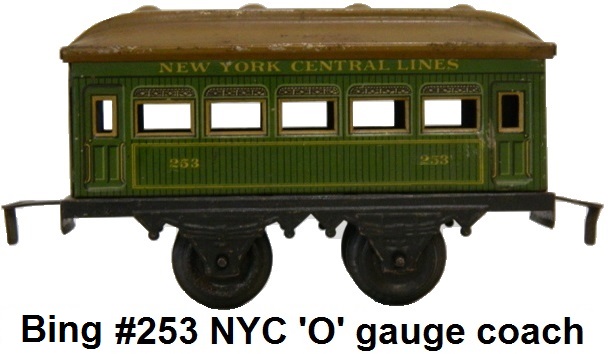Still not sure I see a difference in number placement, but you have to consider that you are trying to compare 2 different styles of lithography. Your original post shows 2 cars with a "steel body lithograph design" and your recent post shows a car with a "simulated wood body lithograph design". There are going to be differences when comparing apples to oranges, as different lithograph plates were used to make these differing cars.
@Nation Wide Lines 1.) That's something that I never considered, let alone really knew about- in regards to the different litho plates. I really appreciate the info going forward! 2.) Honestly, I think I might just be paranoid that it was a too good too be true kinda deal and 3.) I'm running on very little sleep and just started going back to work full time this week so that could be it too.
Again, thanks for your help! Things like "pressed steel", "enamel paint", "stamped tin", "lithography", "stamped steel", "baked enamel", "rubber stamped", "heat stamped", "rolled stamped steel", "tinplate" vs "tinplate lithographed", "die cast" etc... Are things about which I have a general idea, and I've googled, read a definition, and read how they apply to prewar trains in a general sense. Then when you add in different manufacturers and different eras it can either help or make things more confusing. For example:
For example, Ives electric outline engines in the 1920s had cast iron frames and pressed steel bodies. Ives o'gauge freight was tinplate lithographed, but its wide gauge was "rolled stamped steel" that was hand painted. In general, I know Ives put a lot of work in the trains they produced. 1920s Lionel electric outlines were pressed steel with enamel paint .
What that limited info tells me is that when it comes to prewar electric outlines in the 20s- Ives has those cast iron frames with pressed steel bodies(early-mid 1920s) as opposed to Lionel's "pressed steel" bodied electrics with tin or tin litho frames. Then you have Ives tin litho freight in O gauge but "rolled stamped steel"(?) in Standard and prewarLionel O rolling stock generally had tinplate bodies and I assume a pressed steel bottom(although there are some passenger cars like the 600 series that are the same material on the roof, side, and bottom). I'm sure with time and getting more exposure and reading I'll learn.





















